Curingenetics
LKB1 (STK11) company
The Strategy
Gene Testing
Genetic Testing and Counseling
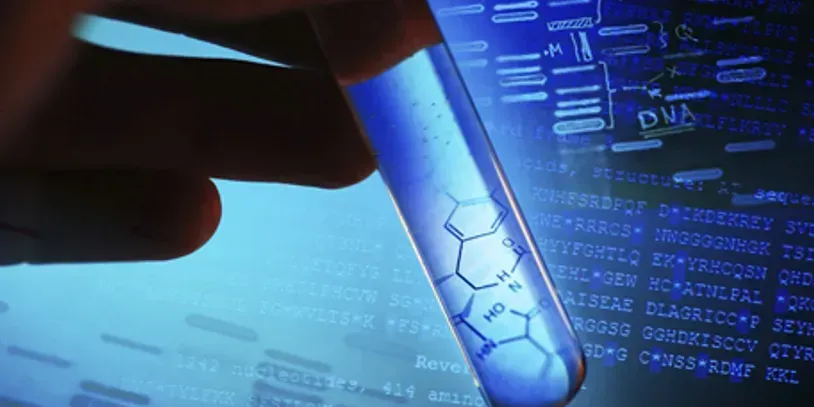
Genetic counseling can help you and your family make informed decisions about genetic testing.
Genetic testing looks for changes in your DNA that can inform your medical care, per CDC
Discuss Options with your Doctors
MRE
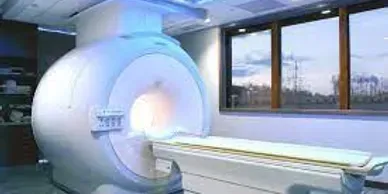
Magnetic Resonance Enterography (MRE):
The individual is given a contrast material for the production of detailed images of the small intestine. This is a great noninvasive mean without ionizing radiation. It offers images of the small bowel with the help of fluids which make the small bowel stand out. The procedure may also involve injection of special dye into the veins to highlight the blood vessels on the images.
MRI
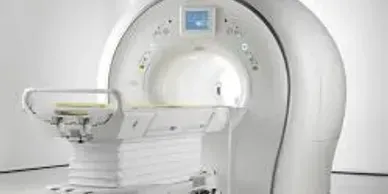
MR Enteroclysis (MRI): No ionising radiation and diagnostic images acquired in the coronal plane at MR imaging represent an advantacce over the CT Enteroclysis technique. However inability to compress bowl in real time is a disadvantage.
CT
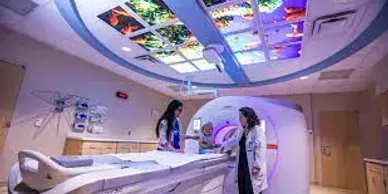
Computed Tomography Enterography (CT Scan):
Individual is given contrast materials for the production of high resolution images of the small intestine, abdomen and pelvis. Multiple images can be produced, even three dimensional images. These images provide more efficiency when compared with x-rays, especially images of internal organs, bones, soft tissues and blood vessels.
PET

Your Paragraph text goes Lorem ipsum dolor sit amet, consectetur adipisicing elit. Autem dolore, alias, numquam enim ab voluptate id quam harum ducimus cupiditate similique quisquam et deserunt, recusandae. here
VCE

Your Paragraph text goes Lorem ipsum dolor sit amet, consectetur adipisicing elit. Autem dolore, alias, numquam enim ab voluptate id quam harum ducimus cupiditate similique quisquam et deserunt, recusandae. here
DBE
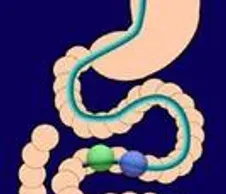
Your Paragraph text goes Lorem ipsum dolor sit amet, consectetur adipisicing elit. Autem dolore, alias, numquam enim ab voluptate id quam harum ducimus cupiditate similique quisquam et deserunt, recusandae. here
Do Screening on-time,
at the right place with the right team
EGD
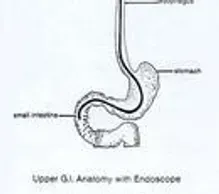
Esophagogastroduodenoscopy (EGD):
The individual could use EGD to check the lining of the esophagus, stomach and the beginning parts of the small intestine. This could be rather speedier procedure and it involves general anesthesia. Similar to DBE, the pros of EGD involve the ability to remove/operate during the procedure. Where as in the cases of VCE, MRE and alike, the actual removing will need to take place via a subsequent procedure under general anesthesia.
SC
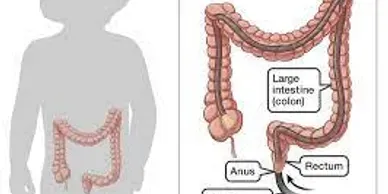
Colonoscopy: Screening Colonoscopy enables the individual to check rectum and colon areas. It is a long flexible tube that is inserted with a camera on one end. This too enables the operator to operate and remove without the need for a subsequent procedure. Similar to EGD, this too is generally undertaken via general anesthesia.
UGI
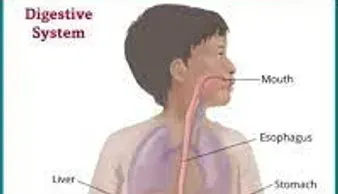
Upper Small Bowel Follow-Through (UGI):
The individual ingests diluted liquid barium which enhances the X-ray images. The patient must then wait some time for this liquid to pass through so that the specialists can evaluate the small intestine's diameter, movement and abnormalities.
USG
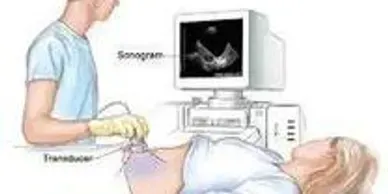
Ultrasound: While Ultrasonography may assist with variety of conditions affecting the organs and soft tissues of the body, it does have some limitations due to the inability to transmit sound waves through dense bone or body parts that hold air and gas, such as the bowel.
SC
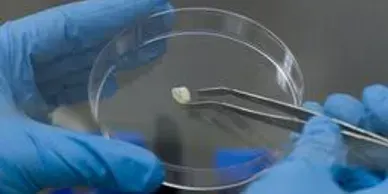
Stem Cell Research & Banking: Stem cells are being successfully used to cure and treat more than 29 genetic mutations! Many more mutations are now being researched using live stem cells from the humans affected, rather than mouse and fruit fly models alone. This tailored approach may exponentially speed up the process between in vitro lab studies and clinical application.
Early Detection

Dermatologists & Dentists: We are working to bring more awareness to these specialists, who are on the front lines and may detect subtle symptoms of PJS, such as mucocutaneous pigmentation, and alert patients/parents to seek proper diagnosis. This alone can lead to better prevention, earlier detection and less aggressive treatment options.
Life Style
Healthier environments increase the chances of a better quality of life!
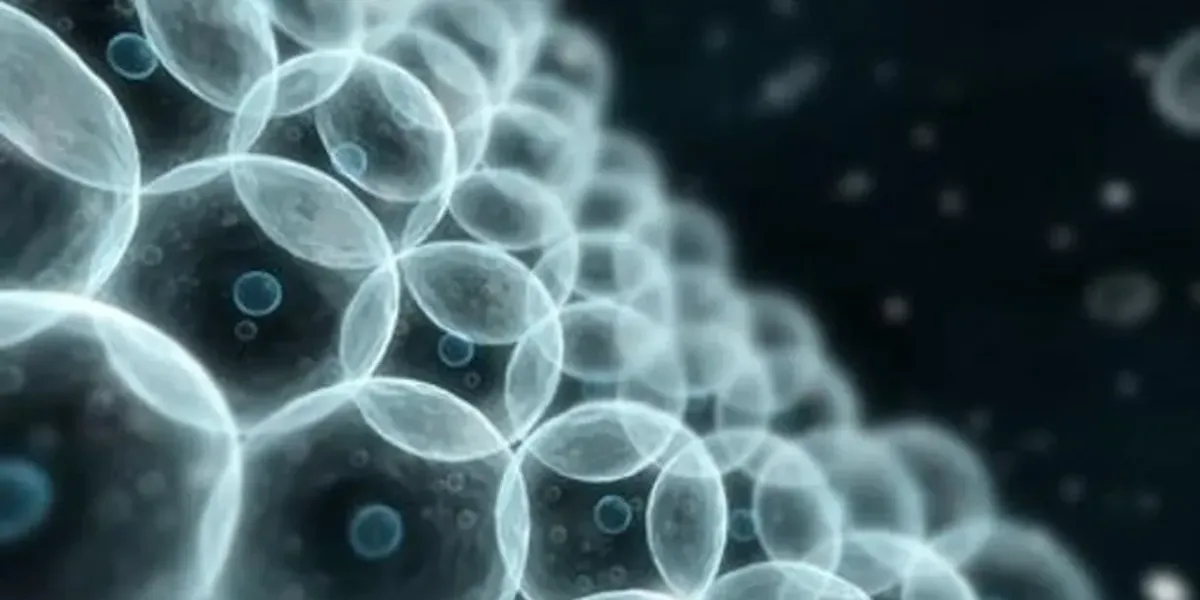
Preventative Measures Help!
Increased knowledge and technologies in this arena allows us to better understand the interplay between epigenetic change, gene regulation and diseases. This paves the way to the development of more advanced approaches for molecular diagnosis, screening and targeted treatments across the clinical spectrum.
Epigenetics
Cells are the smallest structural and functional unit of an organism, typically microscopic and consisting of cytoplasm and a nucleus enclosed in a membrane. Within each cell are the instructions required to direct their activities, contained within the chemical deoxyribonucleic acid, also known as DNA. DNA (deoxyribonucleic acid), is a self-replicating material present in nearly all living organisms as the main constituent of chromosomes. It is the carrier of genetic information. DNA in humans is made up of approximately 3 billion nucleotide bases, which reside in the 23 pairs of chromosomes within the nucleus of all our cells. There are four fundamental types of bases that comprise DNA – Adenine (A), thymine (T), guanine (G) and cytosine (C). Within the 3 billion bases, there approx. 20,000-25,000 genes. Genes are specific sequences of bases that provide instructions on how to make important proteins – complex molecules that trigger various biological actions to carry out the functions of life Epigenetics is defined as the study of changes in organisms caused by modification of gene expression rather than alteration of the genetic code itself.
Epigenetics Controls Genes. Environmental circumstances in life can cause genes to be silenced (turned off/dormant) or expressed (turned on/active). Diet, sleep patterns, lifestyle, who you interact with, exercise and aging are just a few of the epigenetic triggers that can eventually cause chemical modifications around the genes. In certain diseases such as cancer, this is a fundamental issue that is being studied all over the world in an effort to treat people's individual needs, with greater success.
Epigenetic changes can be affected and reversed. With 20,000+ genes, the possibilities are immense! Research and studies are in the works to eventually map every single cause and effect of the different combinations. The implications of this are amazing. Picture a world where we could reverse the gene’s state to reinforce the positive genes while silencing the negative - we could theoretically cure cancer, slow aging, end obesity, and ultimately reverse genetic mutations that cause diseases, such as PJS!
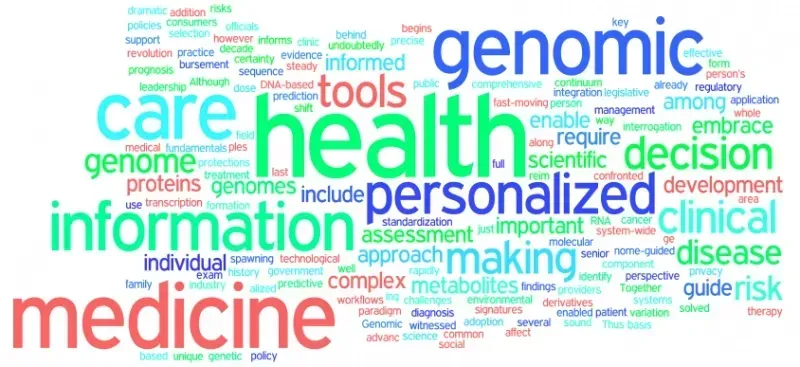

Create a better environment with better Nutrition and Exercise!
DNA Methylation
In the course of life, aging processes, environmental and lifestyle factors such as smoking and diet induce biochemical alterations to the DNA, leading to DNA methylation.
According to many medical professionals eating healthier supports better quality of life and there are currently many studies and activities pertaining to understanding more. Some even went as far as to say that if a person eats better and exercises regularly, they will feel better which then helps with their mood, decision making and lowering of stress levels, all of which contributes to a better overall environment.
Important vitamins, minerals and nutrients
Carotenoids: Carotenoids are precursors to vitamin A. Carotenoids are the reason behind the vibrant color in plants and plant foods including beta-carotene (found in orange foods) and lycopene (found in red foods). Science has shown that carotenoidsstimulate the repair of DNA that may be responsible for disease and aging. Carotenoids are also antioxidants which means they could help fight cancer, especially lung and prostate cancer. Some scientists believe the carotenoids are most beneficial when used proactively before cancer forms.
B Vitamins – Vitamins B3 (niacin), B9 (folate) and B12 (methyl cobalamin): These vitamins have been shown in some studies to be important in building DNA. People who take B9 are reported to have lower levels of colon and breast cancer. B12 is involved in nearly all cellular activity in the body including preventing gene mutations that can lead to cancer and keeping cells healthy through the aging process. Studies have found a connection between breast cancer and lower levels of B12.
Vitamin D: Studies have pointed to a connection between vitamin D and reduced risk of certain cancers, especially colorectal cancer. A study out of Australia also suggests Vitamin D may prevent damage to DNA from the sun—damage that’s responsible for many cases of skin cancer. Scientists say there is reason to believe vitamin D is able to stabilize the structure of DNA so that it is not damaged by free radicals, which is what leads to aging and cancer-causing mutations.
Vitamin E: Vitamin E has been shown in scientific studies to be especially potent in stopping the development of liver cancer. Studies in China found people who consumed vitamin E supplements or foods high in vitamin E such as wheat germ oil, nuts, seeds and leafy greens, had lower levels of liver damage and liver cancer. According to researchers, the antioxidant is able to prevent DNA damage and even repair it in some instances. Along with this, the vitamin boosts the immune system and stops cancer cells from forming.
Zinc: Zinc is an essential trace element required for maintaining both optimal human health and genomic stability. Zinc plays a critical role in the regulation of DNA repair mechanisms, cell proliferation, differentiation and apoptosis involving the action of various transcriptional factors and DNA or RNA polymerases. Zinc is an essential cofactor or structural component for important antioxidant defense proteins and DNA repair enzymes and may also affect activities of enzymes involved in methylation reactions in the folate-methionine cycle.
Vegetables: Eating vegetables daily will most likely associate you with improved health since vegetables are rich in nutrients.
Sugar: Excessive sugar provides empty calories and excessive sugar may cause diseases.
Omega-3 Fats: Avoiding insufficiencies with essentially fatty acids could improve health.
Refined Carbohydrates: Lacking adequate nutrients could cause rapid spike in blood sugar and insulin.
Unprocessed Food: Whole fruits, beans, grains, seeds, seafood, meats and vegetables that are not processed.

Target of Rapamycin
Curcumin inhibits Akt/mammalian target of rapamycin signaling through protein phosphatase-dependent mechanism
AMPK
Curcumin activates AMPK and suppresses gluconeogenic gene expression in hepatoma cells
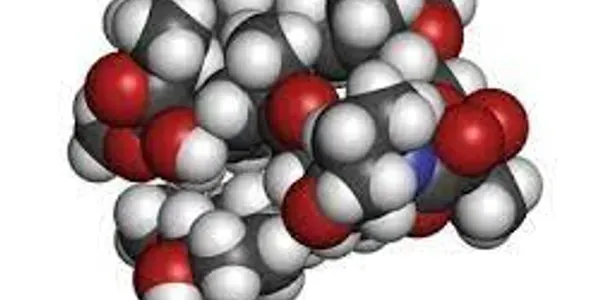

Curcumin & Rapamycin
Curcumin Disrupts the Mammalian Target of Rapamycin-Raptor Complex
mTOR and Inflammation
Resveratrol & LKB1
Resveratrol Prevents the Prohypertrophic Effects of Oxidative Stress on LKB1


Cinnamon & AMPK
Cinnamon Extract Enhances Glucose Uptake in 3T3-L1 Adipocytes and C2C12 Myocytes by Inducing LKB1-AMP-Activated Protein Kinase Signaling
Rapamycin and FKBP12 may help inhibit mTOR
Curcumin & AMPK activation
Curcumin ameliorates gestational diabetes in mice partly through activating AMPK


Catechin & LKB1/AMPK
Catechin-induced activation of the LKB1/AMP-activated protein kinase pathway
Nootkatone & Energy Metabolism
Nootkatone, a characteristic constituent of grapefruit, stimulates energy metabolism and prevents diet-induced obesity by activating AMPK

Information on this site is not medical advice. Please consult with your doctor before making any medical decisions. By using our website you agree to cookies possibly tracking your activity. See terms of use and privacy policy. Curinggenetics is a 501(c)(3) non-profit public charity organization. Federal tax ID #86-2946082.
Copyright @ 2024 Curinggenetics
